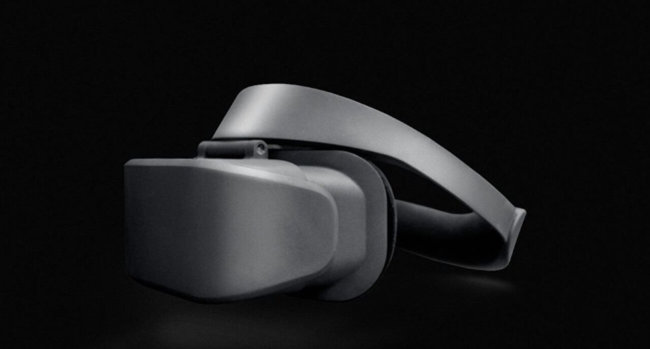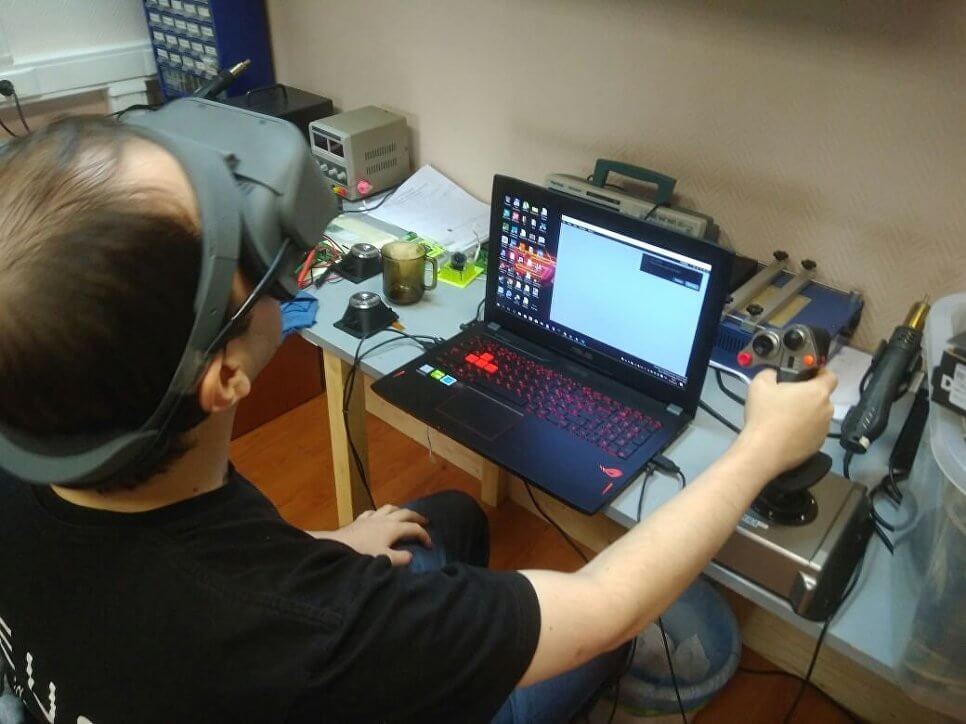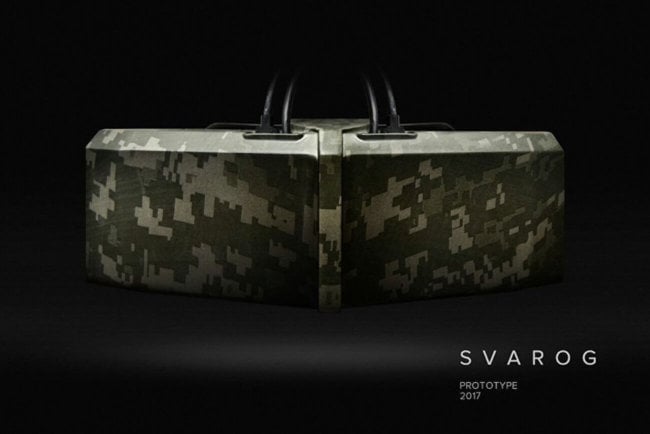
Long enough for the consumer electronics market, there are virtual reality helmets Oculus Rift, HTC Vive and the PlayStation VR. Due to the success of this “big three”, many corporations have rushed to create their solutions for immersive virtual reality. One of them is the first Russian company — developer of helmets for VR called DEUS. It recently introduced its novelties: hats DK2 Odin and Svarog, which are characteristics superior to many of the currently existing products.
At the moment the model range of the company consists of 2 samples. The first of them — Odin DK2 — world’s smallest helmet. The resolution of its screen is 2880 by 1440 pixels, and the viewing angle is 110 degrees. Image issued by Odin DK2 much better than the already mentioned HTC Vive and the Oculus Rift, but the system requirements are lower than their Western counterparts. To configure the helmet, the assurances of developers, it takes only 5 minutes.

The prototype helmet Odin DK2
The second is represented by a helmet — Svarog. Able to give the picture with a resolution of 5K and a viewing angle of 170 degrees. Its technical characteristics allow pilots to learn driving skills on the simulators with the most realistic picture.


As stated by the developers, helmets and software are developed in Russia “from scratch”, and the number of foreign electronic components is gradually reduced as the release of the domestic counterparts. In its development the company uses positional tracking (accurate tracking of multiple objects in space over a large area) and full body tracking (the precision tracking of the body parts of the operator). As explained by CEO and co-founder of DEUS Alexey Ogienko in an interview with RIA “Novosti”,
“In 2015, we have created a team and started working on VR technology. At this time the American company Oculus Rift has released its first product Rift DK1. We decided that competent enough to make a domestic analogue. The first prototype assembled from components produced in foreign countries — at that time suitable Russian solutions was not. VR is an optical system that looks like this: display plus lens plus eye. Display is key here. We were looking for displays with higher pixel density, Japanese Sharp and JDI are made specifically for VR. Now we plan to test the domestic electronic components industry to switch to them. Meantime, use the Russian design, which involved chips of Western origin, like the iPhone, Boeing and so forth.”
Represented by the Russian virtual reality helmets, which have no analogues in the world
Vladimir Kuznetsov